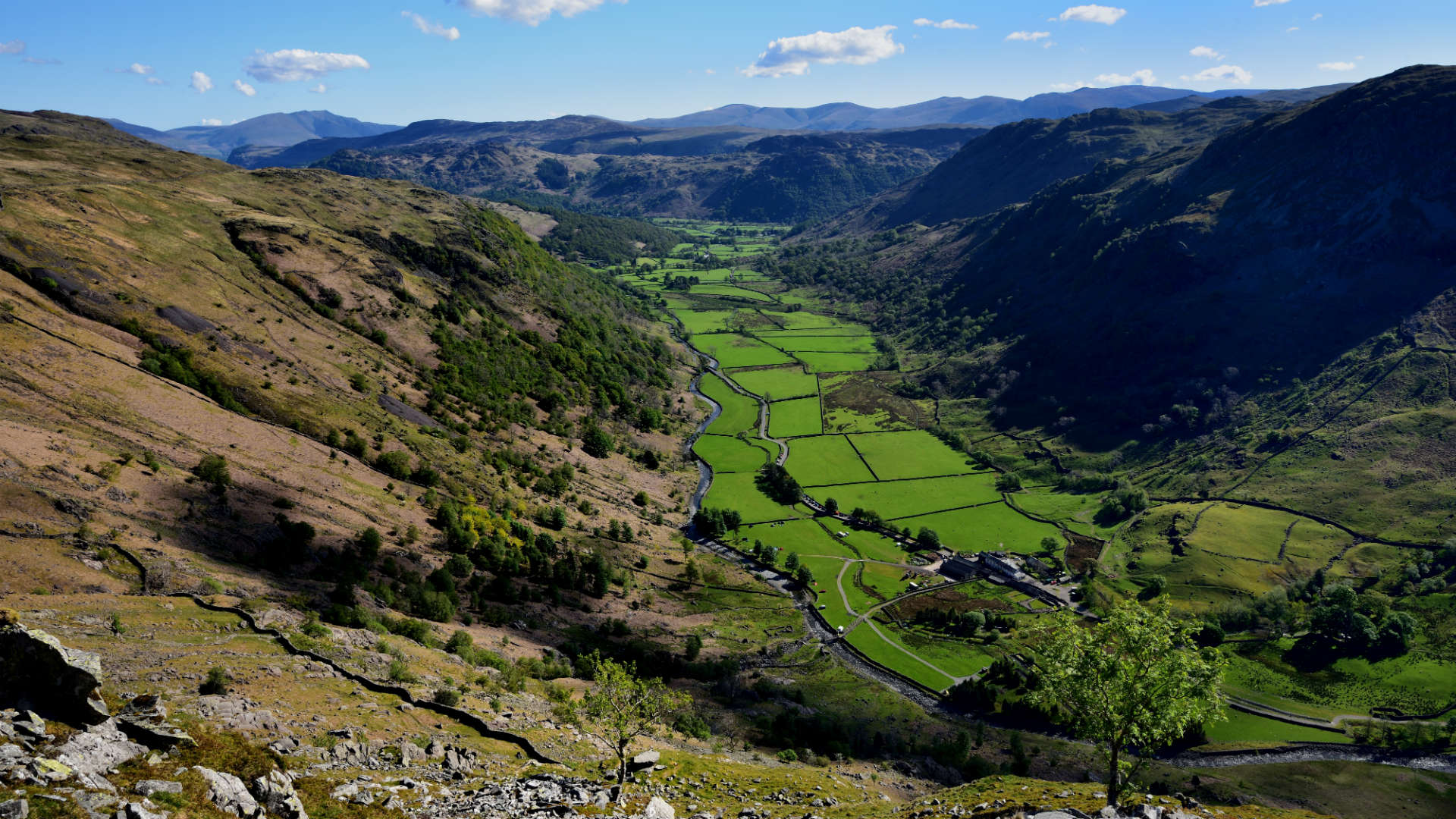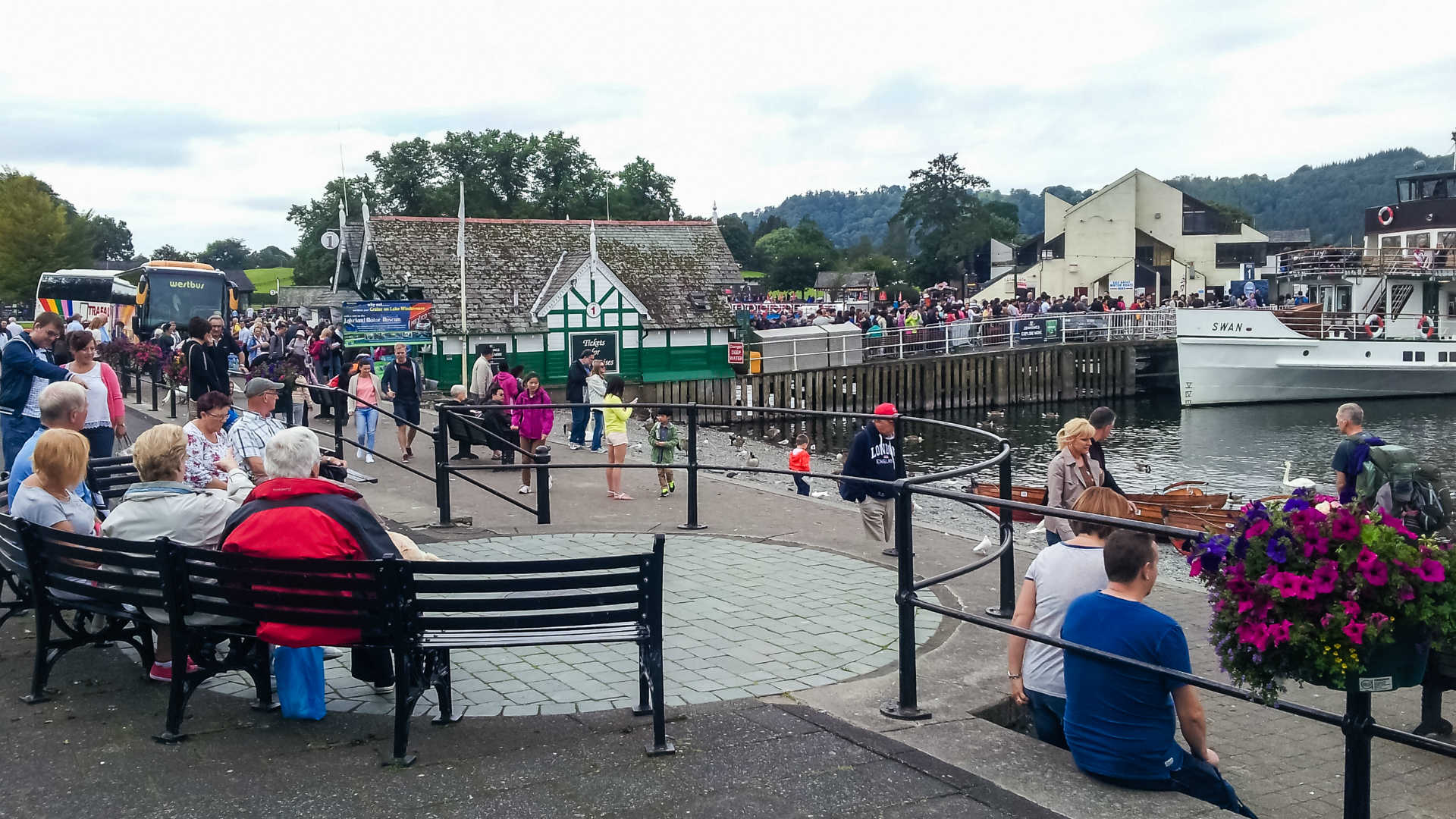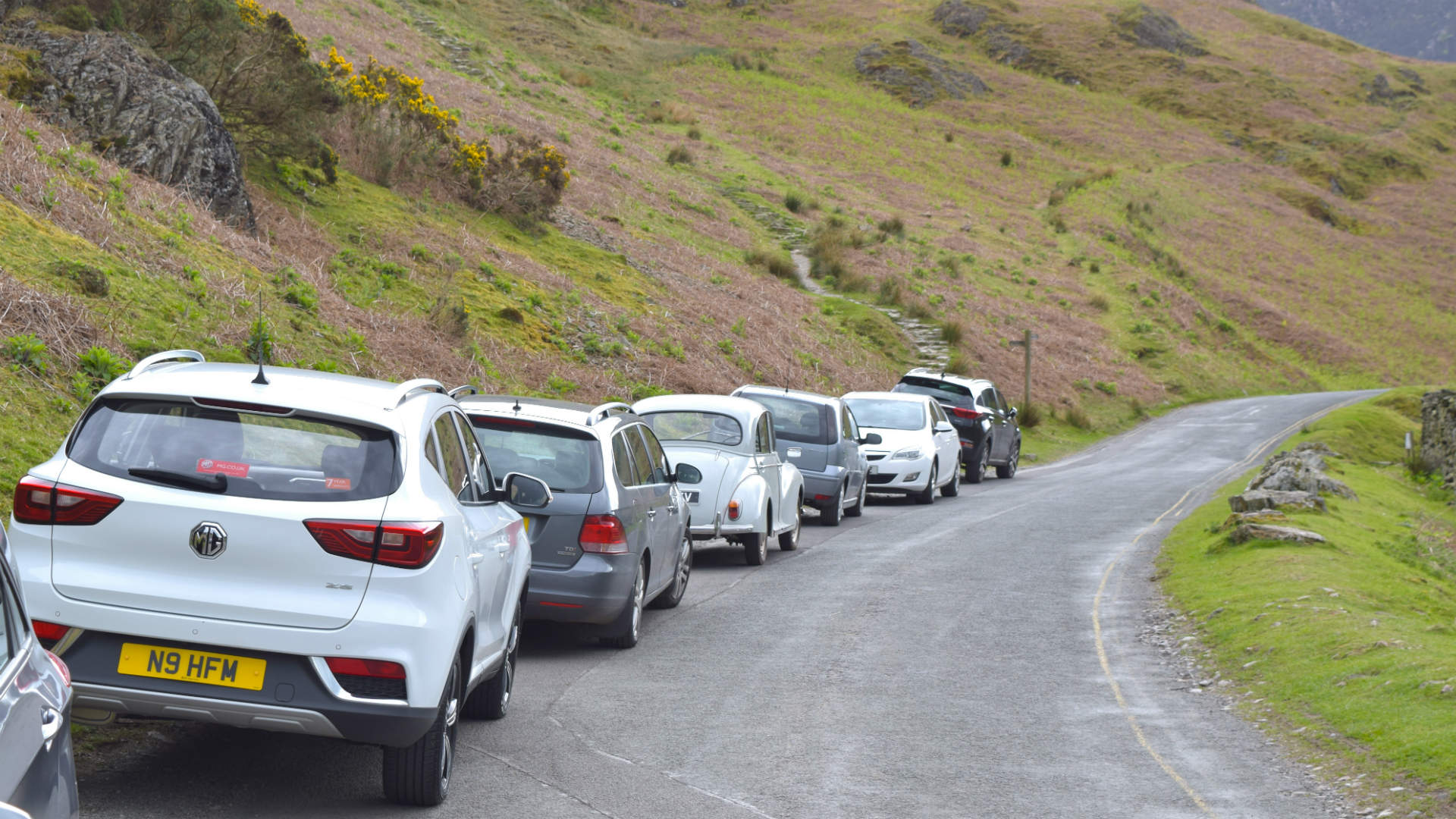
Cars could be banned from the Lake District as part of plans to cut congestion in the National Park.
The Lake District National Park Authority (LDNPA) and National Trust are looking at car-free zones and traffic management schemes, starting with the hamlet of Seathwaite.
Research carried out by National Parks UK in 2014 found that 93 percent of National Park visitors arrived by car. “It is not much fun being on the shores of somewhere such as Windermere on a bike or on foot when the A592 is nose to tail,“ said Julian Glover in the Landscapes Review, published earlier this year.
The LDNPA notes that 50 percent of its carbon budget is made up of emissions from visitors, much of which is from cars.
But cars are a big source of income for National Park authorities. The LDNPA charges up to £500 for an annual permit, and such fees “may be both a deterrent to car use and an incentive to National Parks to tolerate their continuation,” says Glover.
“We need to address traffic issues in the National Park,” said Thomas Burditt, National Trust general manager for the North Lakes. “Car-free zones are an option we are considering. We are in discussions with residents, the Highways Agency and the parish council.”
According to a report in The Times, the National Trust will present research on car-free zones at a summit in Kendal on Tuesday. Residents of Seathwaite would be able to use their vehicles inside the proposed zone.
‘Loved to death’

Kate Willshaw, officer for the Friends of the Lake District, said: “The Lakes are such an amazing place, but parts of it are being loved to death.
“A lot of it is still wild and tranquil, of course. But there are certain areas that are getting congested, such as Bowness, Keswick and Windermere. We call these places honeypots. They attract people because they are an easy win. You can get to them without driving on single-track roads, and the views are magnificent.”
In a 2018 report entitled National Parks for all: Making car-free travel easier, it was found that visitors arriving by public transport spend more than those arriving by car. They are more likely to spend money on food and drink locally and are more likely to pay for tourist attractions.
Many parts of the National Parks are served by the National Cycle Network, and it’s possible to combine cycling and rail travel for shorter trips.

It’s not clear whether or not the proposed car-free zone in the Lake District will include electric vehicles, but given this is as much about congestion as it is about air quality, they’re unlikely to be exempt from the ban.
The 2018 report said “greater use of electric vehicles would reduce the carbon emissions from road transport at the point of use although it would not reduce the number of vehicles in the Parks”. It referenced a Renault Twizy hire scheme in the Lake District.
Many locals would welcome a ban. “Congestion is horrendous and getting much worse. There was a fire in one of the houses near us and the fire engine couldn’t get down, there were so many cars parked,” said a local farmer in The Times.
“Right now, today, there are dozens of cars parked from our entrance right down the road. That’s a normal Friday. I would love this to be a car-free zone.”